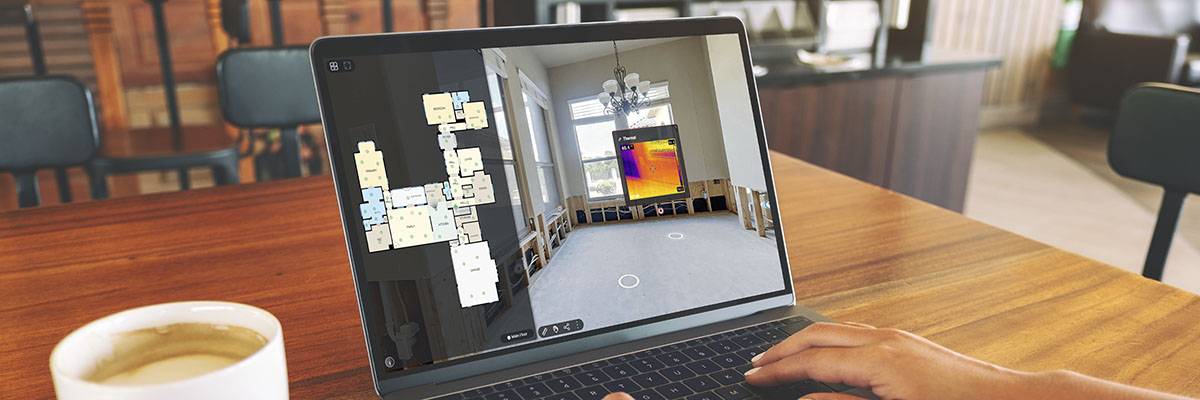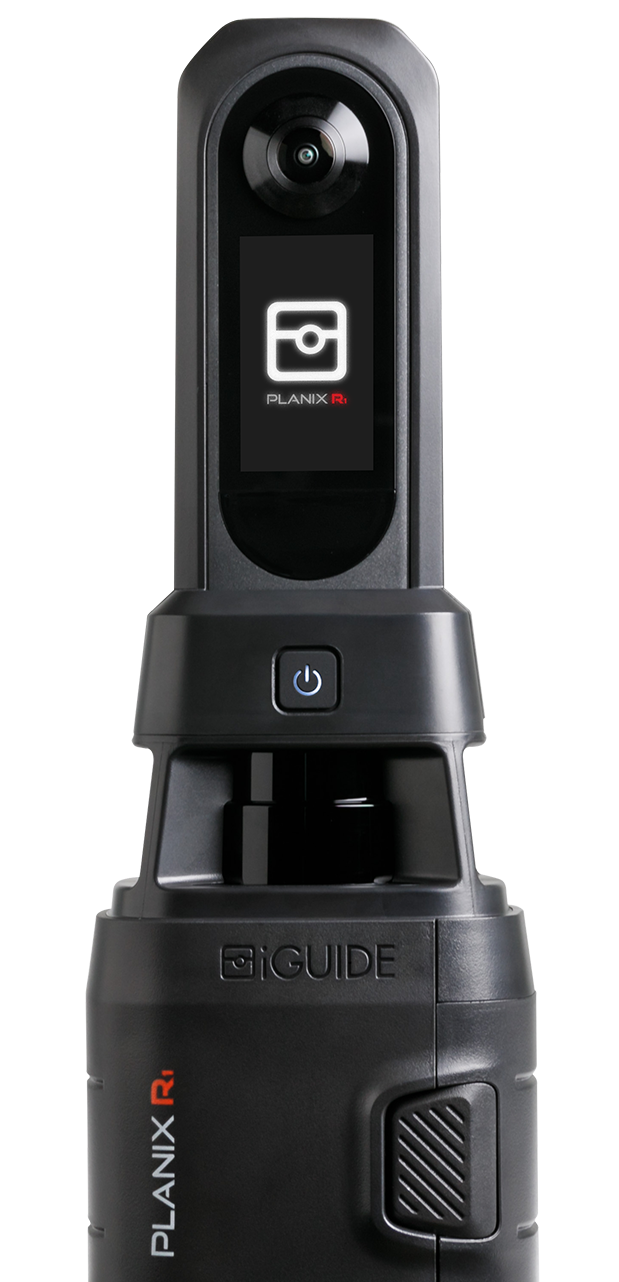What is a digital twin?
In our fast-paced world of digital technology and information, data sourcing and the accuracy of information gathering and sharing may be one of our most valuable tools in monitoring and managing our assets. Today, the availability of real-time data using wireless technology, drones and sensory detection devices can assist in the efficiency of organizing and analyzing information. This not only increases productivity and KPI scores in business, but can also streamline processes and operations across the board.
The digital twin is one such innovation which uses cloud computing technology, real-time data and analytics to help contextualize and increase efficiency by synchronizing the world of our physical and digital data. A digital twin is essentially a live, virtual simulation of a physical asset which provides the user with updated information via a synthesis of various digital algorithms.
What can it be used for?
The multi-layered technology of the digital twin can be a game-changer in providing predictive data to help anticipate impacts, issues and minimize damage to properties and various assets. This can be vital information in the insurance and restoration industries, as it can help predict or mitigate structural changes, modifications or weather impacts. On the other side of business, the digital twin can also help support operations by streamlining the procurement and access of data, cutting down significant costs and inconveniences related to arduous site visits, information transfer between parties and time taken to upload or share data to speed up claims processing.
How is it beneficial to the Insurance and restoration industry?
Historically, insurance claims companies or restoration services would go through a laborious process of multiple site visits and tiring documentation of site specifics which are then taken back to administration for documentation and full assessment. This process alone can take several attempts, conversations, back and forth between various professionals to achieve accuracy and the details can often slip between the cracks as information doesn’t always travel well. As details can dissolve over travel and time, we can miss key elements in the assessment stage of a claim. The precursor to the actual claim or restoration can take days and once the information is gathered and prepared the project can continue to move on, this linear workflow can cause several bottlenecks and this is where a digital twin can keep things moving in a multi-layered process.
Digital twin technology, like the iGUIDE can be useful for insurance and restoration professionals as it provides a tool by which information is shared instantly from site to administration, eliminating a bulk of the manual processes and clearing up bottlenecks of data sharing. The metrics to measure improved performance on site and in office can be seen in how the digital twin can improve accuracy and quality of data shared over time, thereby improving KPI scores and removing the need for an arduous linear workflow. Resourcing effective technology can help eliminate information lapse and speed up assessments, even work to prevent issues in the future.
The way the world is moving, a reliable, easy-to-use digital twin, like the iGUIDE can radically improve remote facility management. As professionals, we have the technology now to do the leg work for us, so we can reduce the time spent on gathering information and more time spent using our resources to analyze, innovate and increase productivity/efficiency.


